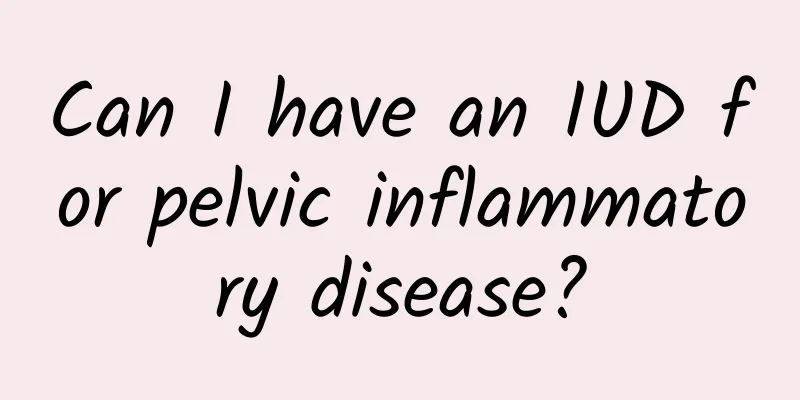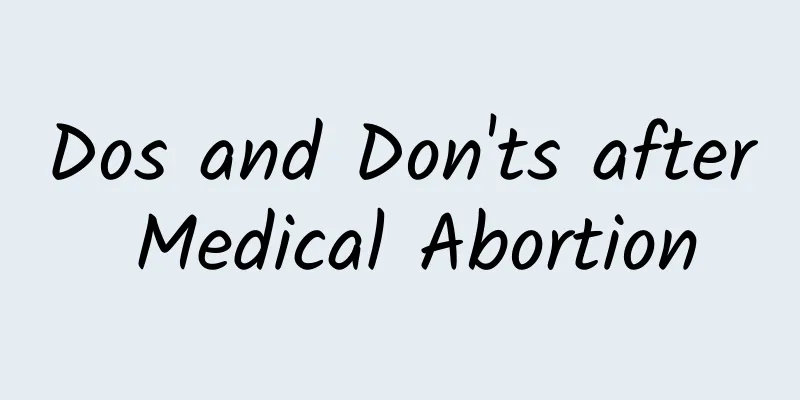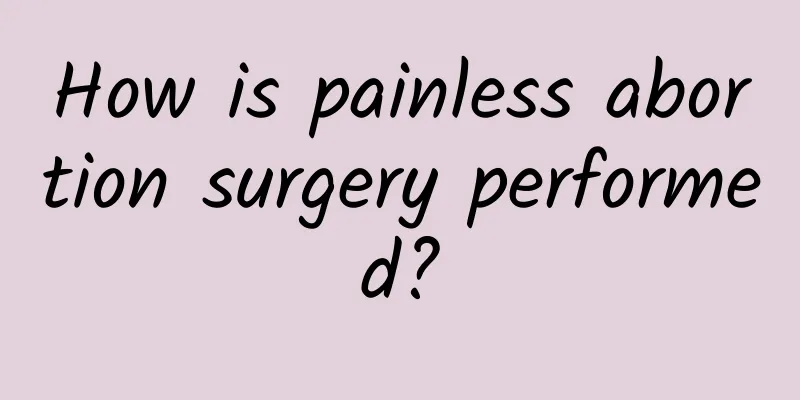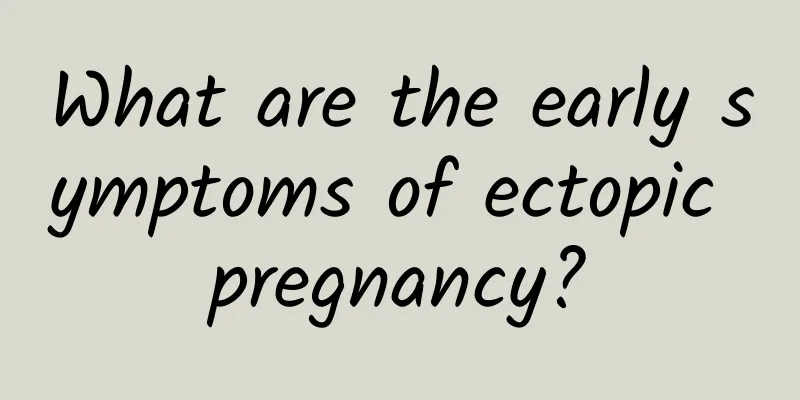Under what circumstances should uterine fibroids be removed? Under what circumstances should uterine fibroids be removed?
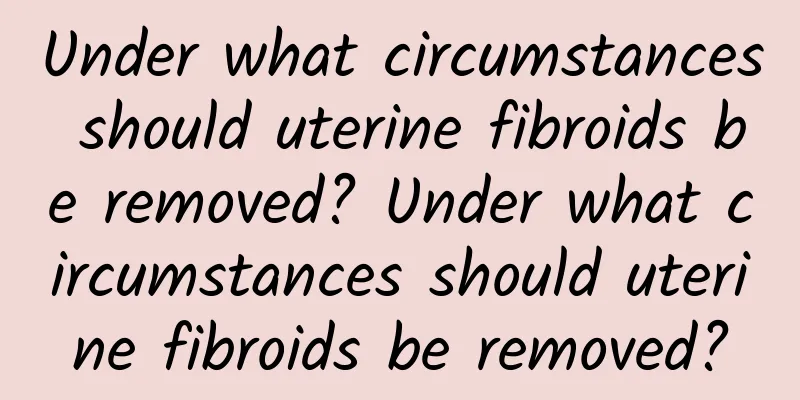
|
Under what circumstances should uterine fibroids be removed? Under what circumstances should uterine fibroids be removed? Uterine fibroids are a common benign tumor in gynecology, mostly occurring in women of childbearing age. Most uterine fibroids are asymptomatic and do not require treatment. However, in some cases, it is necessary to remove the uterine fibroids or even perform a hysterectomy. This article will explain when uterine fibroids need to be removed and when uterine fibroids require a hysterectomy. 1. Uterine fibroids cause abnormal bleeding Abnormal bleeding is one of the common symptoms of uterine fibroids. If uterine fibroids cause excessive menstruation, prolonged menstruation, or even intermittent bleeding, it can lead to anemia and physical weakness. At this time, removing the uterine fibroids can effectively alleviate the problem of abnormal bleeding and improve the patient's quality of life. 2. Uterine fibroids cause pain Uterine fibroids can cause varying degrees of pain, including dysmenorrhea, pelvic pain, and pain during intercourse. If the pain affects your quality of life and cannot be relieved by medication, removing the fibroids can be an effective option. Surgery can reduce or completely eliminate pain symptoms, allowing you to resume your normal life. 3. Uterine fibroids cause infertility Uterine fibroids have a certain influence on the shape and function of the uterus. Uterine fibroids can affect the implantation of the fertilized egg and the development of the embryo, thus leading to infertility. Uterine fibroids are found in some infertile women. If the primary cause of infertility is uterine fibroids, then removing the uterine fibroids can increase the chances of pregnancy. 4. Uterine fibroids grow rapidly Most uterine fibroids grow slowly, but some can grow rapidly, even exceeding 10 centimeters. Rapidly growing uterine fibroids may compress surrounding organs, causing bladder compression symptoms such as frequent urination, urgency, and even urinary retention. At this time, it is necessary to consider removing the uterine fibroid to relieve compression and related symptoms. 5. Uterine fibroids combined with other diseases Sometimes uterine fibroids are combined with other gynecological diseases, such as endometriosis or ovarian tumors. In this case, if the uterine fibroids worsen other diseases or increase the difficulty of treatment, hysterectomy may be a better choice. Summary: Uterine fibroids are asymptomatic in most cases and do not require treatment. However, when uterine fibroids cause abnormal bleeding, pain, infertility, rapid growth, or are combined with other diseases, removal of the uterine fibroids or even hysterectomy may be considered. Removal of uterine fibroids can relieve symptoms, restore fertility, and improve the patient's quality of life. It should be emphasized that patients should fully communicate and discuss with their doctors about whether to undergo surgery and make decisions that suit their personal circumstances. |
Recommend
How to prevent uterine effusion
How can women prevent uterine effusion? In our cl...
What tests should be done to prepare for pregnancy after a missed abortion?
In order to ensure that the body returns to norma...
How to deal with adnexitis during pregnancy
During pregnancy, women's physical condition ...
Are the hot pot ingredients correct? Learn the picky eating method from health experts
The wind is blowing coldly, and it is the peak se...
Common symptoms of acute cervicitis in women
Cervicitis is a common and frequent disease in li...
Women should pay attention to how to prevent cervical hypertrophy
Cervical hypertrophy is a common female disease i...
Improper post-abortion care can cause pelvic inflammatory disease
After an abortion, the body's resistance is r...
What is the reason for missing menstruation after miscarriage?
What is the reason for missing menstruation after...
Where is the best place to treat uterine effusion?
People have gradually learned about sexually tran...
What should I eat before and after uterine fibroid surgery? What should I pay attention to in my diet before and after uterine fibroid surgery?
What should be paid attention to in diet before a...
Pregnant women should be careful about the red changes of uterine fibroids
Uterine fibroids are the most common benign tumor...
Bartholinitis diagnostic tests
The Bartholin's glands are located at the low...
Beyonce chili lemon juice weight loss fat can not be eliminated
In order to show their best side, both men and wo...
Brief introduction to the daily precautions of vulvar leukoplakia
Vulvar leukoplakia is a relatively common gynecol...
Pregnant women have abnormally white vaginal discharge
Abnormal white vaginal discharge during pregnancy...
